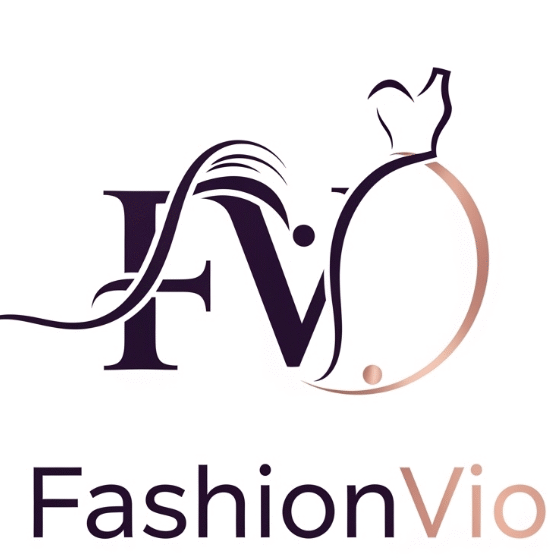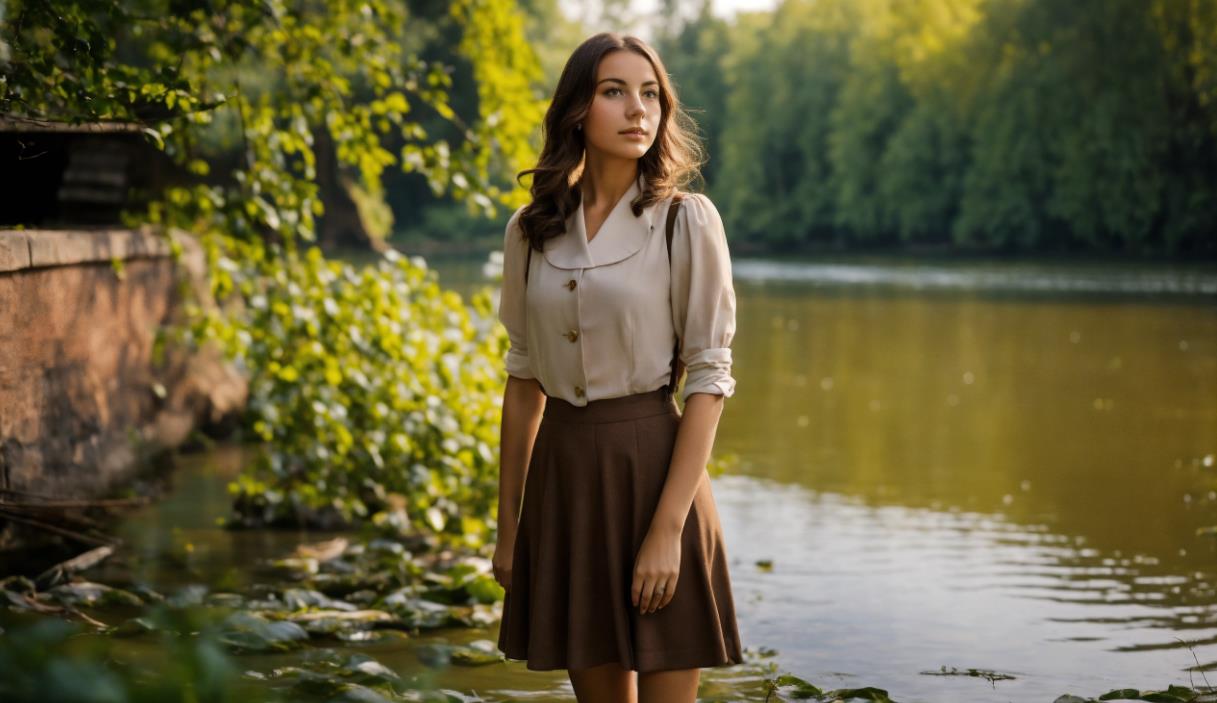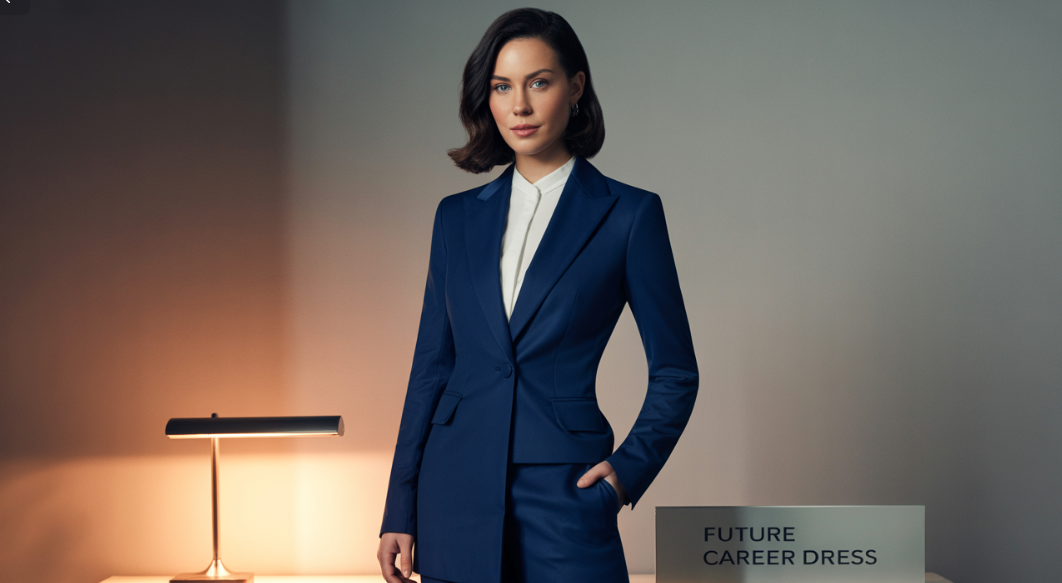In the world of visual storytelling and fashion illustration, good dark outfits drawings hold a special allure. With their rich tones, intricate details, and evocative themes, these drawings capture the imagination and bring a touch of drama and sophistication to any art portfolio. Whether inspired by Dark Academia Fashion or vintage influences, crafting compelling dark outfit illustrations requires technique, creativity, and attention to detail.
This guide dives deep into the art of drawing dark outfits, covering essential elements, inspirations, techniques, and tools. Let’s explore everything you need to know about excelling in this art form.
What Are Dark Outfit Drawings?
Dark outfit drawings are visual representations of clothing that embrace deep, moody tones, intricate textures, and themes tied to existentialism, melancholy beauty, or historical influences. Rooted in Dark Academia Fashion and other fashion subcultures, these drawings often feature a palette dominated by earth tones, black, gray, and muted neutrals.
Key Characteristics of Dark Outfit Drawings:
- Dramatic Lighting: Incorporating chiaroscuro for high contrast.
- Textures and Layers: Drawing fabrics like velvet, wool, and lace to create depth.
- Accessories: From fountain pens to vintage jewelry, small details enrich the mood.
- Narrative Depth: Often linked to stories, literature, or the romanticization of education.
Why Draw Dark Outfits?

Dark outfit illustrations provide artists with a platform to explore timeless beauty, historical influences, and philosophical ideas. They align with artistic themes such as classic literature and Western European traditions, blending aesthetics with meaning.
The Artistic Appeal:
- Symbolism: Evoking power, mystery, or elegance.
- Connection to Culture: Reflecting styles tied to elite universities or historical periods.
- Expressive Art Form: Capturing themes of melancholy beauty and existential thought.
- Practical Skills: Mastering textures and compositions transferable across various art forms.
For bibliophiles and history enthusiasts, the style resonates because of its deep connections to academic life and vintage academic wear.
Essential Elements of a Good Dark Outfit Drawing
Color Palette: Setting the Tone
- Use black, charcoal gray, deep navy, and burgundy as base tones.
- Include accents like gold embroidery, lace trims, or bronze buckles to highlight key features.
- Balance shadows to prevent monotony, keeping the overall aesthetic cohesive.
| Primary Colors | Accents | Effects |
|---|---|---|
| Black, Gray, Navy | Gold, Bronze, Red | Drama and elegance |
| Deep Brown, Olive | Cream, White | Classic and grounded mood |
Textures and Fabrics: Adding Depth

Dark outfits rely heavily on the tactile representation of fabrics. Here’s how to bring materials to life in your drawings:
- Velvet: Smooth gradients with rich highlights for soft sheen.
- Lace: Fine detailing for intricacy and texture.
- Tweed Blazer & Wool: Textured patterns for warmth and structure.
Tip: Use cross-hatching or stippling techniques to mimic coarse fabrics like corduroy or knits.
Lighting and Shadows
Dramatic lighting, such as chiaroscuro, emphasizes the folds, edges, and mood of dark outfits. Position your light source strategically to draw attention to focal points like collars or Oxford shirts.
Step-by-Step Guide: Crafting Good Dark Outfits Drawings
I: Inspiration and Research
- Gather references from vintage stores, classic wardrobe staples, or movies like Dead Poets Society.
- Examine historical trends in collegiate style and structured silhouettes.
- Inspiration can also come from modern hybrids like Dark Academia x Streetwear.
II: Sketching
- Use light strokes to outline the human figure.
- Focus on structure and proportions before adding clothing details.
III: Layers and Textures
- Start with large fabric areas like cable-knit sweaters or long coats.
- Add layers like scarves, vests, or plaid skirts for complexity.
IV: Highlights and Accents
- Layer shadows and highlights to reflect fabric weight and light source.
- Emphasize metallic elements on leather shoes or jewelry for balance.
Inspiration for Dark Outfit Drawings

Fashion Subcultures
- Dark Academia Fashion: Tweed blazers, dusty libraries, intellectual aesthetics.
- Punk and Gothic: Dramatic accessories, high contrasts, leather.
Historical Styles
- Victorian and Edwardian fashions offer timeless layers and textures like lace and brocade.
Pop Culture References
- Iconic costumes from The Secret History or gothic fantasy films are excellent references.
| Style | Key Features |
|---|---|
| Dark Academia | Scholarly, neutral tones |
| Gothic Fashion | Leather, lace, and high drama |
| Victorian Inspired | Lace, embroidery, structured shapes |
Tools and Techniques for Artists

Tools for outfits drawings
- Digital Tools: Procreate, Photoshop for easy shading.
- Traditional Tools: Pencils, charcoal, and inking pens for texture.
Techniques for good dark outfits drawings
- Blending Tools: Smooth transitions in digital and traditional art.
- Dynamic Poses: Add life and storytelling to your illustrations.
- Detailed Accessories: Give attention to accessories like fountain pens or vintage accessories.
Tips for Beginners for good dark outfits drawings
- Start Simple: Focus on mastering one fabric before layering.
- Play with Contrast: Dark outfits need visual interest; don’t skip highlights.
- Study References: Visit libraries, study nooks, or fashion archives for authenticity.
Sustainability in Art and Fashion

While designing, consider the environmental impact. Digital tools offer a sustainable fashion alternative, reducing waste without compromising creativity.
Conclusion
Creating good dark outfits drawings involves more than just technical skills; it requires storytelling, attention to detail, and cultural awareness. By combining melancholy beauty, classic wardrobe staples, and artistic expression, these illustrations become timeless works of art. So, let the philosophies of Dark Academia and classic aesthetics inspire your next masterpiece!




